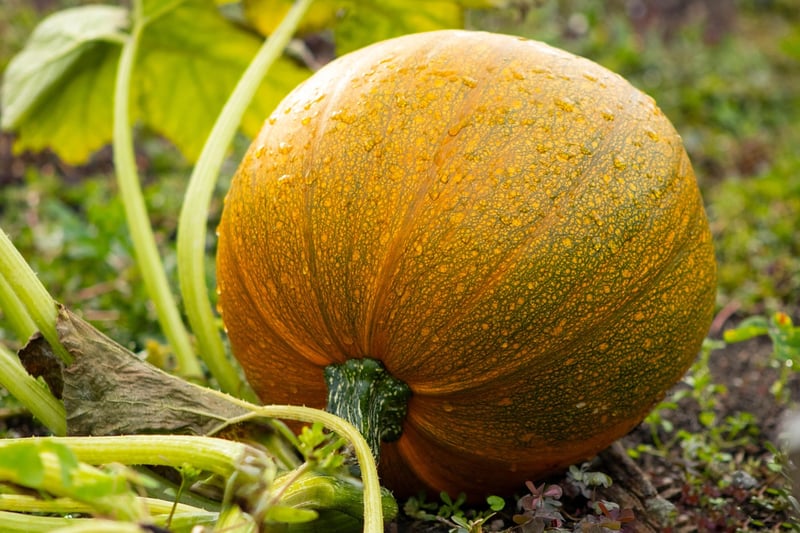Palatable Vistas
Incorporating Edible Plants into Urban Landscapes
Urban landscapes can often feel disconnected from nature, but by incorporating edible plants into these spaces, we can not only beautify our surroundings but also create a more sustainable and environmentally friendly environment. Imagine walking down a city street lined with fruit trees or herbs, providing both visual appeal and the opportunity to harvest fresh produce right in the heart of the city.
Benefits of Edible Landscaping
Edible landscaping offers a multitude of benefits beyond just aesthetics:
- Access to fresh, organic produce
- Promotes biodiversity and supports local ecosystems
- Reduces carbon footprint by cutting down on transportation of food
- Creates community engagement and education opportunities
- Improves air quality and provides shade
Palatable Vistas
Palatable Vistas is a movement that encourages the integration of edible plants into urban landscapes to create not only visually appealing spaces but also functional ones that provide food for both humans and wildlife. By combining ornamental plants with edible ones, cities can transform into lush, productive environments that benefit both residents and the environment.
How to Get Started
- Assess your space: Determine the available sunlight, soil quality, and space for planting.
- Choose the right plants: Select edible plants that thrive in your specific urban environment.
- Design your landscape: Integrate edible plants with existing ornamental plants to create a cohesive and aesthetically pleasing design.
- Maintain and harvest: Regularly care for your edible landscape, ensuring proper watering, pruning, and harvesting of produce.
By following these steps, you can create a beautiful and functional edible landscape in your urban environment, contributing to a more sustainable and vibrant community.
Examples of Edible Landscaping

One example of edible landscaping is creating raised beds along sidewalks filled with a variety of vegetables and herbs. Not only does this add visual interest to the area, but it also provides an opportunity for passersby to learn about different plants and even sample fresh produce.
Conclusion
Integrating edible plants into urban landscapes offers a host of benefits for both the environment and the community. By creating palatable vistas, we can transform our cities into vibrant, productive spaces that not only look beautiful but also provide sustenance for both people and wildlife.
Start planning your edible landscape today and be a part of the movement towards greener, more sustainable urban environments!
